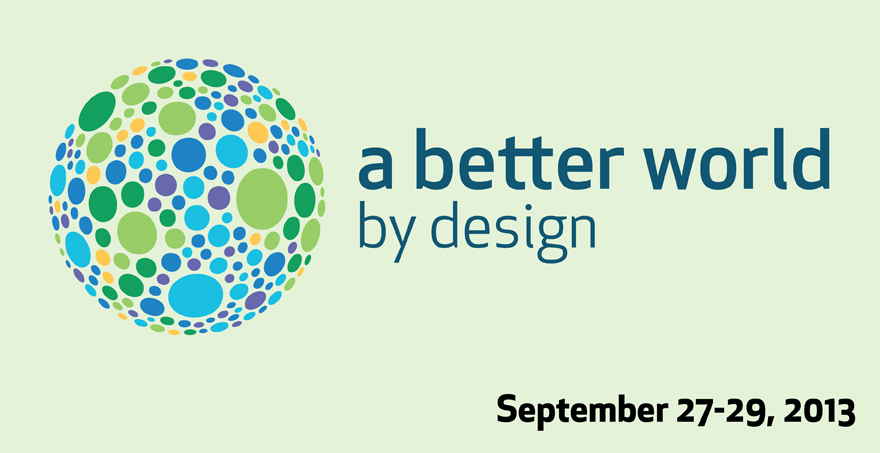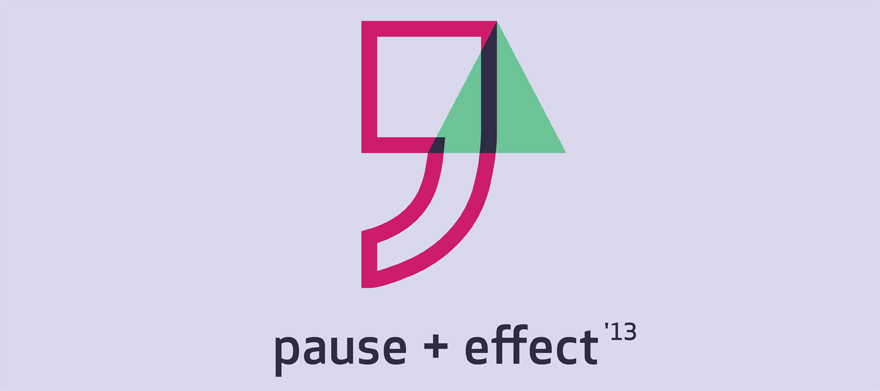![DesignGatekeepers-DavidAlhadeff-1.jpg]()
This is the eighth post in our interview series with ten influential I.D. curators, retailers and creative directors. Yesterday, we talked to Herman Miller's Gary Smith.
David Alhadeff opened The Future Perfect ten years ago on a quiet corner in Williamsburg, Brooklyn, with the intention of providing a platform for local designers to show and sell their work. Channeling his love of architecture, interiors, art history, industrial design and graphic design, Alhadeff's storefront and his tightly edited selection of furniture and housewares put Brooklyn design on the map. The Future Perfect has since expanded beyond its modest roots, with locations in Manhattan and San Francisco and designs from all parts of the world, yet Alhadeff continues to champion emerging designers and maintain TFP's integral sense of community.
How do you find about new designers?
I travel and visit trade fairs, and I do some amount of scouring in magazines and on the Internet. I sometimes find that to be a little disheartening. In terms of editing and curating a retail environment, I have to think about stuff being in the store for a very long time. With a magazine or Internet article, I can get swept up in the story, and sometimes I'm getting swept up for the wrong reasons. So it can be the wrong place for me to learn about something new. But I like The World of Interiors and Elle Decoration UK, and I've started looking at Elle Decor US as well. Online, I look at Dwell, Core77, Designboom, Highsnobiety, NOTCOT.
I also find out about a lot of designers through referrals. Friends, clients that we work with, interior designers, and photographers—they come into contact with the product in a very different way than we do, and oftentimes have an opportunity to see things that just aren't going to be in stores. The photographers and the stylists are an interesting group of people that I listen to very closely. They're curating in their own way, so they get it.
I always go to Milan to the Salone, and I started visiting the London Design Festival on a yearly basis as well. I make trips to international and domestic partners that we work with, and I try to do a trip every year someplace I haven't visited to get into a local community and do studio visits. This year I'm going to Tokyo.
The last way would be through people who submit their work. We don't have time to respond to every submission, but we look at every one. We do find diamonds in the rough.
![DesignGatekeepers-DavidAlhadeff-2.jpg]() Inside The Future Perfect's Manhattan store
Inside The Future Perfect's Manhattan store
What kinds of design are you looking for at the moment?
I'm looking more at designer talent. It isn't necessarily collections to purchase; it's people to collaborate with. We launched our in-house collection last May and we're continuing to expand that. So for me it's more about looking at broader talent bases. I've always considered The Future Perfect to be about the relationships I have with the people, and the makers I work with. That defines what we do here.
I will say, there's a certain type of design that's happening now. There's a return to craft along with the accessibility of new types of machinery and technology. It's pushing design in two different directions, but they are merging and converging. For example, people are having parts machine-made but then using them in forms that are super organic and beautiful. This is something that's new and fresh. What I'm seeing in our community—or with the designers we work with, at least—is a use of the two in combination. A lot of it is just about accessibility. These machines have been around for a while but young, emerging designers just starting out haven't had access to them. On the flip side, there are things that are just entirely crafted. Piet Hein Eek's work, for example.
![DesignGatekeepers-DavidAlhadeff-3.jpg]() The Future Perfect will begin carrying Justine Ashbee's Native Line weavings this fall.
The Future Perfect will begin carrying Justine Ashbee's Native Line weavings this fall.
(more...)![]()
![]()
![]()
![]()
![]()
![]()
![]()
 SHADOW, Hunter Lee Soik and Jason Carvalho
SHADOW, Hunter Lee Soik and Jason Carvalho








 Inside The Future Perfect's Manhattan store
Inside The Future Perfect's Manhattan store The Future Perfect will begin carrying Justine Ashbee's Native Line weavings this fall.
The Future Perfect will begin carrying Justine Ashbee's Native Line weavings this fall.








 Speakers Former AIGA President Doug Powell and Lead Breaker Juliette LaMontagne
Speakers Former AIGA President Doug Powell and Lead Breaker Juliette LaMontagne















 Photo by Michelle Qureshi
Photo by Michelle Qureshi






 An electric bicycle parked in Shanghai. Image CC BY-SA
An electric bicycle parked in Shanghai. Image CC BY-SA 









 The Matter store in New York
The Matter store in New York










